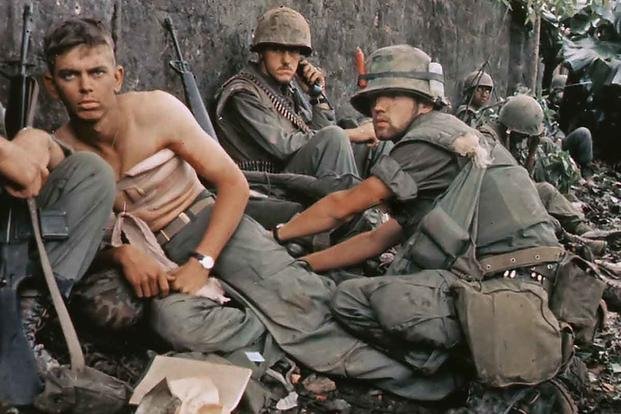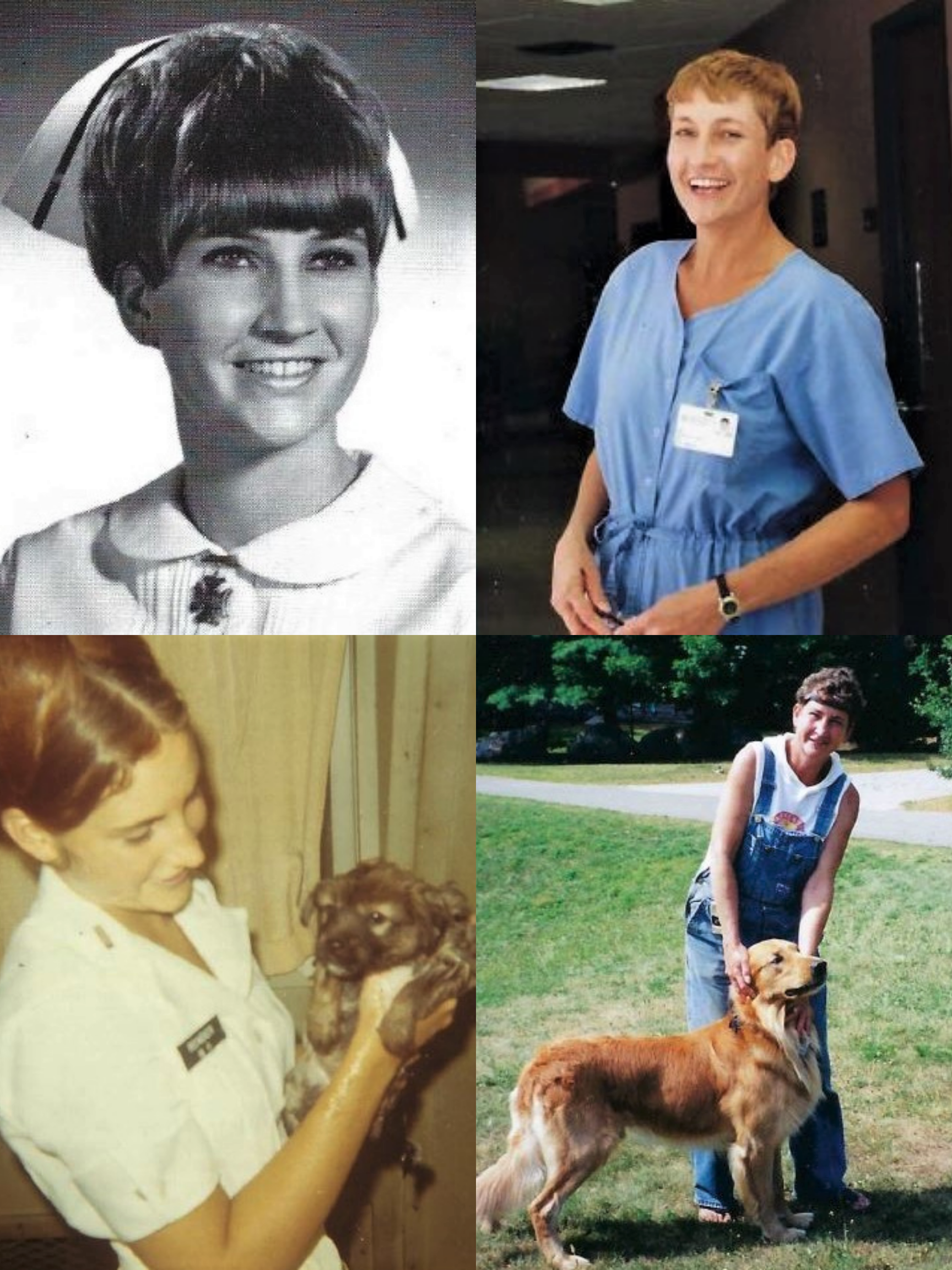“The need for strong professional nurses who can think critically and demonstrate appropriate clinical judgment is one of the main reasons that I have chosen to continue to teach rather than retire.”
– Dr. Pat Watts

– Dr. Pat Watts
Clinical Assistant Professor Pat Watts grew up in Lafayette, IN, the oldest of five children. Viewed as being outspoken by her colleagues and friends, Pat was raised in the Catholic school system “with nuns and priests as my primary teachers, which is probably why I am so much of an individual. I felt ‘cloned’ as a student in the Catholic schools. But it also taught me the value of each person and the interconnectedness of life. As a result, I developed compassion and a sense of responsibility towards helping my fellow man,” she says.
Pat began her nursing career in high school, where she trained and worked as a Candy Striper. “In my day, Candy Stripers worked as nurse aides in the hospital doing what nurse techs do today,” she says. “Women of my generation went into teaching, nursing, or working as an airline stewardess. I chose nursing.”
In pursuit of her goal, Pat attended St. Vincent’s Hospital School of Nursing from 1965 to 1968. While enrolled at St. V’s, she was elected Student Body President, coordinated a drive to help Viet Nam’s orphans, and vividly remembers the restrictive nature of life in nursing schools in the late 1960’s, when “the head nun measured the hemlines on our uniforms on the first day to make sure that they were not too short!”
During her junior year, Pat committed to two years of active duty in the Army Nurse Corps. The Corps made it possible for Pat to pay her nursing school tuition, while offering her the opportunity to travel and work as a professional nurse in an environment where RNs were allowed to do far more than their civilian counterparts because of a physician shortage and the Viet Nam War. Fort Sam Houston in San Antonio was the site for the six weeks of basic training required for all nurses. Pat’s basic training included “learning how to fire a rifle, survive gas mask exercises, complete field exercises using map coordinates, chart using military time, suture an anesthetized goat’s wounds, and perform a cricothyroidotomy on that same goat. They were preparing us for Viet Nam’s field hospitals,” she says.

Pat’s first assignment after basic training was in the ICU at Fort Sam Houston, where she worked with soldiers returning from Viet Nam. Since part of the ICU was also a surgical recovery room, Pat worked with very young soldiers (“many my own age,” she says) who had suffered major injuries and needed major reconstruction. “It still haunts me to this day as I write or talk about it,” Pat says. “Tears come to my eyes, and I get choked up. What awful injuries and losses!” During this time, Pat also staffed a large post-op unit, “where I actually got to see soldiers get well,” she says.
After a year at Fort Sam Houston, Pat received orders to report to the ICU at the 121 Evacuation Hospital in Ascom, Korea, with its 23-hour plane ride. Ascom’s ICU was a 15-bed open unit with 4 private rooms, the only neurosurgeon in a country with 90,00 troops, and “the best hospital in Korea,” says Pat. “We worked primarily with soldiers and Korean civilians who had head injuries and burns. The burns usually came from exploded land mines left over from the Korean War.” Pat also met her future husband in Korea. Upon completing her two years of active duty, Pat returned to the States and began working in a variety of military and civilian hospital ICUs and EDs.

Pat earned her BSN in 1974 and her MSN as a Clinical Nurse Specialist (CNS) in Cardiac Rehab in 1976. “Those were the days when the CNS worked directly with patients. I worked with both surgical and medical patients during their rehabilitation, which included developing and monitoring an exercise program and education. I followed patients in the clinic and sometimes in their homes. I maintained such close relationships with my patients and their families that they often called me at home instead of the surgeon or cardiologist.”
Some of Pat’s most memorable experiences came from her time spent in the Ozarks, “where I worked with patients who needed to learn how to tell time in order for them to take their pulse. One of my patients was an old woman who still panned for gold in the Ozark Mountains with a mule. I loved those people,” she says with a smile. “Very real and unpretentious!”

Pat and her husband were married for 22 years. After her divorce, Pat returned to the University of Arkansas for Medical Sciences where she earned her post-master’s Pediatric Nurse Practitioner certification. In 2000, after being gone for 30 years, Pat returned home to Indiana and a job at IUSON. “I have cherished this wonderful opportunity to contribute to the education of the BSN professional nurse,” she says. Her pediatric practice has been at residential summer camps for children which includes the Riley Camps for Children with Special Needs and Chronic Medical Conditions at Bradford Woods. In 2015, she earned her Doctor of Nursing Practice from the University of Southern Indiana at the young age of 68! “Learning is a lifelong endeavor,” she says.
Today, Pat has two beautiful grown daughters and three grandchildren. It is Pat’s desire to impart to the next generation of nurse leaders the knowledge she has gained through a lifetime of experience in the nursing profession. That keeps Pat forever young. “I believe that nurses who can work with their patients in thinking through health care conditions and in anticipating problems are needed today more than ever before. The need for strong, professional nurses who can think critically and demonstrate appropriate clinical judgment is the main reason that I have chosen to continue to teach rather than retire.”